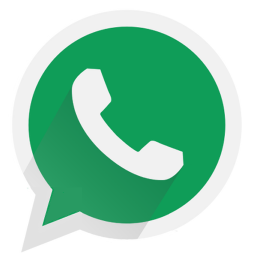Try These 3 New Learning Ways To Grab the Learners Attention
31st October 2018

Young learners are the most difficult ones to make them learn. By identifying on the challenges, the teacher training course shared three valuable ways. These would not only impact the young learners to stay attentive during the learning process but also participate in the natural process of learning.
1. Vocabulary Cards –
The purpose of the vocabulary cards is associated to favour the language development such that spoken or reading. To make the vocabulary cards one need to have some of the key materials – first, suitable pictures but make sure you follow a theme pattern when selecting the images; second, mounting cardboard; third, glue; fourth, scissors; fifth, felt pens if some sort of reading is required then this can be used.
Finally, the plan goes like this – the pictures can be a cut out and they can be mounted on the cards that are rectangular in shape. The rectangular shape looks like a playing cards. This can also be mounted and then cut out. The former is more effective if there is to be some writing as well. Storage according to the themes will make presentation easier.
Vocabulary cards can be covered in plastic to keep them clean. Cards can be used in different ways by a resourceful teacher. Interesting, in the modern period another upgraded or advanced version of the same vocabulary can be referred to as a ‘look and say’ card. Then a scrap book can also be of the form of a vocabulary ‘card’ with a word beneath each picture as shared by the teacher training course.
2. Scrap Books –
The very ideas of scrap books are to encourage an interest in books as a source of pleasure. Teacher made books have the added advantage that the topic can be related to the current interest of the child.
Coming back to the things required, the book should have six pages. The better the paper, the more durable the book, but books can be made of even newspaper if that is all that the budget allows. Sewing the paper together on the sewing machine is the most effective way of ‘binding’ the book quickly and yet strongly. Use of a suitable picture and also use glue to paste the images.
Some precautionary measure include proper care should be taken to provide an attractive book, which has eye-appeal. As discussed the teacher training course shares that the pictures are best when coloured and stick figures can be very interesting.
To give some idea, one can use themes like - ‘My Family’, ‘My Breakfast or even’, ‘My Book of 5’ (with each page covered in 5 objects). Make sure that you don’t have any bubbles with the glue! And also use different types of paper to provide different textures can be interesting. A cloth book is possible, but the sewing machine would provide a more durable finish than hand sewing. Glazed paper strips or cello tape (coloured) makes for strengthening the book.
3. Spin Boards –
This is truly a multi-purpose board, which can be used for nay activity which is connected with an element of ‘chance’. This actually helps the teacher to provide a learning situation in the guise of a game.
In respect to the material, the board can be any shape: round, square or rectangular. The cardboard must be of good quality and should not bend. A firm ‘hand’ or pointer as in a clock cut to suit the size of the board; a split pin for attaching the pointer to the centre of the board. The board should be divided into sections each of which should be a different colour. The teacher can use paint or coloured paper which will stick on.
Each square has a different colour. The split pin goes through the centre and it is noteworthy that the dial swivels easily. A circular disc can give you more sections only if the structure is large.
Hopefully all these interesting fun tools are way better to enrich the young learners.
